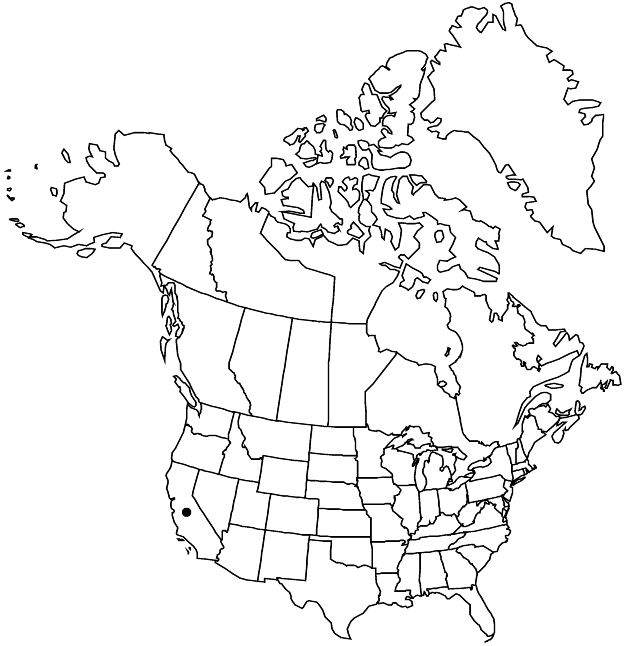Sidalcea malviflora subsp. malviflora
Plants 0.3–0.6 m, with fibrous-woody taproot and widespreading rootstocks or rhizomes to 10 cm, not freely rooting, not matted. Stems erect or ascending, base decumbent, usually rooting, usually stellate-hairy and/or spreading-bristly to glabrate, hairs to 2 mm. Leaves basal and cauline; stipules lanceolate, 3–4 × 1.1 mm; petioles 8–15 cm on proximal leaves, reduced distally, proximal 3–4 times as long as blade, distal 1/2–2 times as long as blade; blade 2–6 cm wide, often fleshy; basal blades orbiculate to reniform, shallowly, palmately 7–9-lobed, margins coarsely crenate, surfaces usually appressed-hirsute or stellate-hairy with few-rayed hairs; mid and distal similar to basal or more deeply incised, 5–7(–9)-lobed 3/4–4/5 times their length, lobes usually entire or shallowly toothed. Inflorescences open, 5–10-flowered, 5–20 cm, flowers evenly spaced 0.5–1 cm, especially in age, several often open at same time, axis longer in fruit; proximal bracts leaflike, often divided to base, distal bracts ovate to lanceolate, 2-fid or undivided, 3–6 mm, usually shorter or longer than pedicels. Pedicels 3–5(–10) mm, longer on proximalmost flowers. Flowers: calyx sometimes purplish, 8–12 mm, densely stellate-puberulent and sparsely, coarsely bristly, bristles often on swollen pad, hairs at base shorter, denser, marginal hairs longest; petals pink to rose or lavender-purple, pale-veined, pistillate 7–11 mm, bisexual 15–29 mm; staminal column 5–7 mm; anthers white; stigmas (7 or)8 or 9. Schizocarps 5–7 mm diam.; mericarps (7 or)8 or 9, 3.5–4 mm, sparsely glandular-puberulent, strongly reticulate-veined, wrinkled and pitted on sides, mucro 0.5 mm. Seeds 2–3 mm. 2n = 40, 60.
Phenology: Flowering (Feb–)Mar–Jun(–Jul).
Habitat: Coastal prairies, bluffs, hillsides, scrub, open forests
Elevation: 0–500 m
Discussion
Subspecies malviflora is coastal and found also on the Channel Islands. It has deeply incised leaf blades, the lobes generally entire or not laciniate or ternate, with indument of scattered, coarse, long, simple and stellate hairs. It can be distinguished from subsp. rostrata, which has essentially unlobed leaves, and from subsp. laciniata by its lesser degree of division of the leaf lobes. It is far less frequent than formerly, having been extirpated in the Los Angeles area, where it was common. Plants from Monterey to San Francisco best match the original illustrations of subsp. malviflora, and the more typical form appears to persist on the Channel Islands. By distinguishing subsp. laciniata and subsp. rostrata, the typical subspecies is more clearly defined and more fully matches the original description and type.
Selected References
None.
